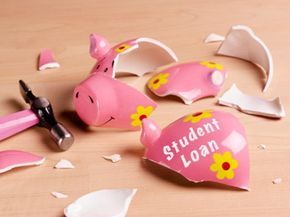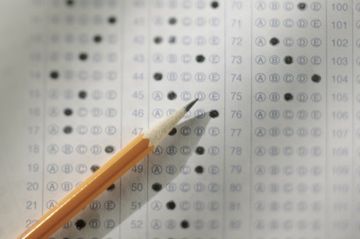Are you ready to put together a plan to finance your college education? For many students, Stafford loans can be an excellent way to finance the difference between your school's tuition and the amount you can contribute toward your own education.
Low interest rates, the ability to qualify without an established credit history or co-signer, and a deferred repayment period are key advantages offered by Stafford loans, especially when compared to private loans or credit card.
Advertisement
Stafford loans, also known as Federal Family Education Loans (FFEL), are federal student loans available to college students. They're designed to supplement scholarships, grants, work-study jobs and family resources to help meet the cost of tuition, fees, room and board. Nearly all students are eligible to receive some type of loan.
There are two types of Stafford loans, both secured by the federal government. In other words, if a student defaults on the loan, Uncle Sam must repay the lender who agreed to loan the funds.
Subsidized loans are based on need; this is determined by evaluating your available resources. You won't be charged any interest on the loan while you're in school or during a deferment period. The federal government makes these payments as long as you are in school.
Unsubsidized loans aren't based on need. Interest begins to accrue as soon as the loan is disbursed and is added on to the loan balance after graduation.
To apply for a loan, you'll need to complete a Free Application for Federal Student Aid (FAFSA). Once the application is reviewed by the U.S. Department of Education and your school to determine eligibility, you'll be asked to choose a lender and sign a legal agreement promising to meet the terms of the loan.
Each academic year, your loan money will be disbursed to your school in at least two installments, usually at the beginning of each semester. It must be used to pay for tuition and fees, room and board, and other school charges. If any money remains, you'll receive the remaining funds by check or a direct deposit to your bank account, unless you ask the school to hold the funds to apply towards the next enrollment period.
Read on to learn more about how much money you may be eligible to borrow.
Advertisement



